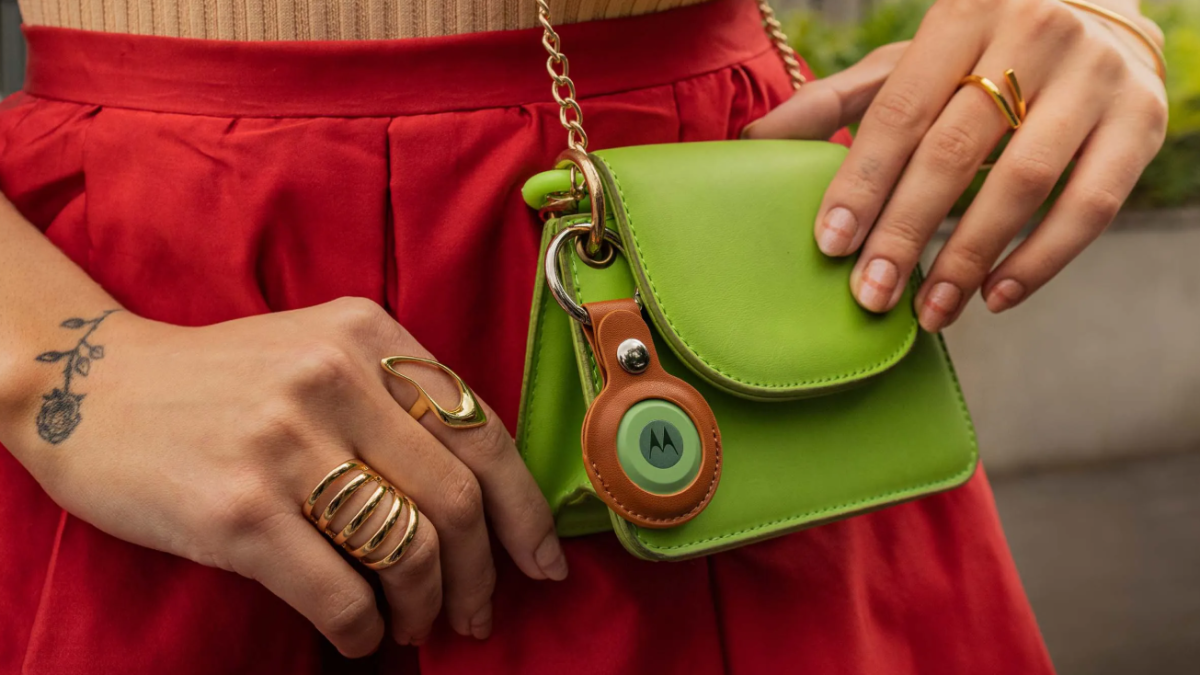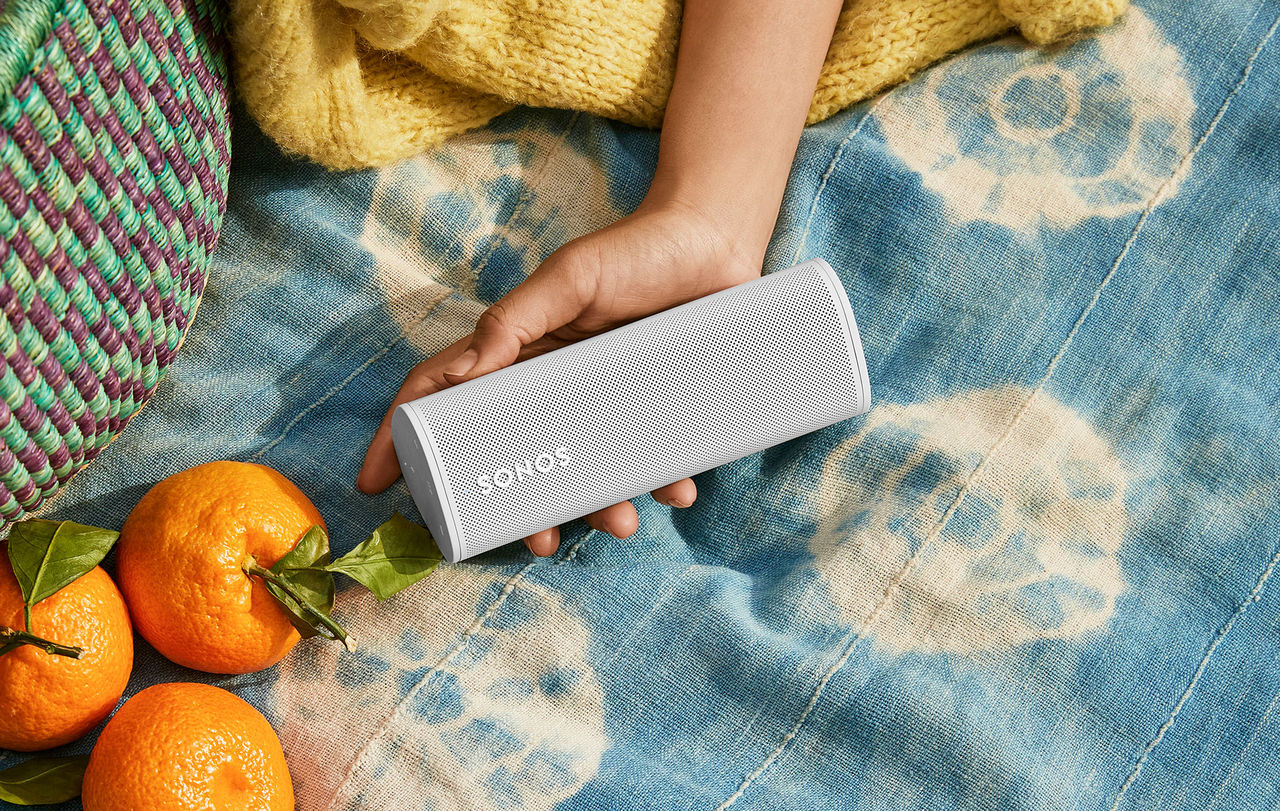Motorola Moto Tag Review – A Solid Tracker for Android Users, But Does It Do Enough?
Bluetooth trackers have become essential for keeping track of everyday items, and while Apple’s AirTags have dominated the space, Android users finally have a promising alternative in the Motorola Moto Tag. With Google’s Find My Device network integration, Ultra-Wideband (UWB) support, and a sleek design, it aims to be the best tracker for Android users. But does it truly deliver, or is it just another attempt to catch up with Apple and Samsung?
Design & Build – Familiar, But Lacking One Key Feature
The Moto Tag comes in a compact, circular design, heavily resembling Apple’s AirTag. It’s available in two colors – Starlight Blue and Sage Green – which add a bit of personality, though it lacks any truly standout aesthetics.
One immediate issue is the lack of a built-in keyring hole. This means you’ll need to buy an extra accessory just to attach it to your keys, bag, or anything else. It’s an odd design choice that prioritizes looks over practicality, especially when Samsung’s SmartTag already solved this issue. On the plus side, the Moto Tag is IP67-rated, making it resistant to dust and water, so it can handle everyday wear and tear without worry.
Performance – Fast and Accurate, But UWB Is a Work in Progress
When it comes to tracking, the Moto Tag does a great job with Bluetooth tracking and Google’s Find My Device network. This means that any nearby Android phone helps locate your lost item, making it a solid choice for Android users.
The big promise here is Ultra-Wideband (UWB) support, which allows for more precise tracking when getting close to lost items. However, UWB is still in its early days for Android devices, meaning that while the hardware is there, the full experience isn’t quite ready yet. In real-world use, Bluetooth tracking works fine, but UWB tracking feels like a future benefit rather than an immediate game-changer.
Battery Life & Usability – Replaceable, But Not the Easiest to Access
The Moto Tag is powered by a replaceable CR2032 battery, which is expected to last up to a year before needing a swap. This is standard for Bluetooth trackers, and it’s great that you don’t have to throw the whole device away when the battery dies.
However, replacing the battery isn’t as smooth as it should be. Opening the back cover can be a bit tricky, and it doesn’t always snap back into place easily. It’s not a dealbreaker, but it’s something to keep in mind if you expect to change batteries frequently.
Additional Features – Useful, But Nothing Revolutionary
Beyond tracking, the Moto Tag comes with a few extra features, like being able to ring your phone if you’ve misplaced it or act as a remote camera shutter. These are nice additions but aren’t unique, as similar features exist on Apple and Samsung trackers.
Final Verdict – A Strong Option, But Not a Must-Have
The Motorola Moto Tag is a solid tracker for Android users, offering reliable tracking with Google’s Find My Device network and the potential for precise UWB tracking in the future. However, the lack of a built-in keyring hole, slightly difficult battery replacement, and the unfinished UWB experience prevent it from being a must-have right now.
If you’re looking for a Bluetooth tracker that works well within the Android ecosystem, this is a good choice. But if you’re expecting something that beats Apple’s AirTags or Samsung’s SmartTags, it doesn’t quite reach that level just yet.
Pros:
✅ Works with Google’s Find My Device network
✅ Compact and durable design (IP67-rated)
✅ Replaceable battery (up to 1 year)
✅ UWB support for future precision tracking
Cons:
❌ No built-in keyring hole – requires an extra accessory
❌ UWB tracking isn’t fully functional yet
❌ Battery replacement can be tricky
Would I recommend it? Yes, but with reservations. It does what it’s supposed to do, but unless you’re fully invested in the Android ecosystem, there might be better options available.



